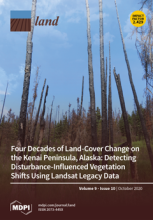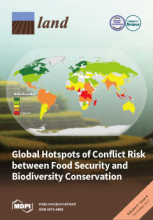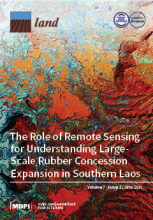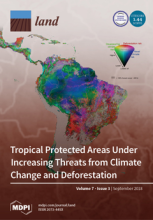/ library resources
Showing items 1 through 8 of 8.Although the way in which vegetation phenology mediates the feedback of vegetation to climate systems is now well understood, the magnitude of these changes is still unknown.
The urban planning ideas proposed by Jane Jacobs in the 1960s remain relevant to this day, promoting a perspective on the relationship between urban morphology and the community that takes into consideration the experiences of the people themselves in the planning of cities.
The stabling of livestock farming implies changes in both local ecosystems (regeneration of forest stands via reduced grazing) and those located thousands of kilometers away (deforestation to produce grain for feeding livestock). Despite their importance, these externalities are poorly known.
Landscape governance refers to the combination of rules and decision-making processes of civic, private, and public actors with stakes in the landscape, that together shape the future of that landscape.
Indigenous territories are facing increasing pressures from numerous legal and illegal activities that are pushing commodity frontiers within their limits, frequently causing severe environmental degradation and threatening indigenous territorial rights and livelihoods.
Bogotá, the rapidly growing center of an emerging economy in the northern part of South America, is located within a biodiversity hotspot in the tropical Andes.
Identifying protected areas most susceptible to climate change and deforestation represents critical information for determining conservation investments.
Land plays an important role in the economies of developing countries, and many theories connecting land inequality with different dimensions of economic development already exist.
Land Library Search
Through our robust search engine, you can search for any item of the over 73,000 highly curated resources in the Land Library.
If you would like to find an overview of what is possible, feel free to peruse the Search Guide.







